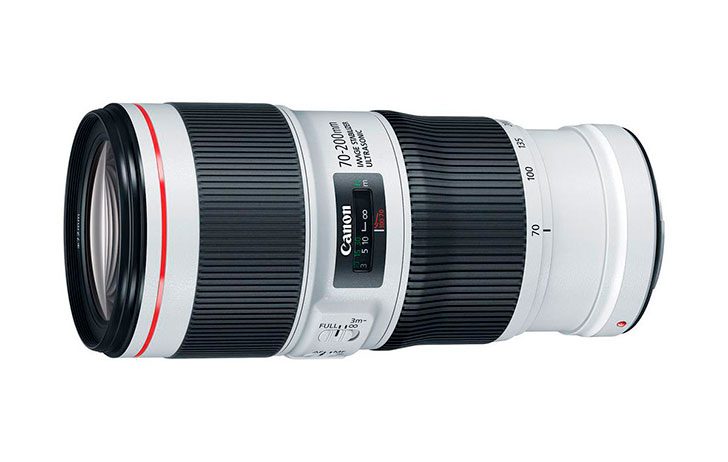Dustin Abbott has completed his extensive review of the Canon EF 70-200mm f/4L IS II. You can check the video above, or read the entire review here.
It seems like most reviewers, Dustin discovered that the updates are for the most part incremental, and not a revolutionary step forward. However, the sum of the incremental updates make the EF 70-200mm f/4L IS II a worthy upgrade for most shooters if you're using the non-IS or first IS version of this lens.
Some have questioned whether this lens is a worthy upgrade, if enough has changed. If you are looking for a revolutionary improvement over the previous generation lens (perhaps considering updating), that might be a hard choice, but there is no doubt that this is a significantly improved lens on a number of levels. The build is improved, the autofocus is improved, and the image quality is improved. There is no single thing that jumps out at you, but the sum total of the improvements add up to what I believe is the best f/4 lens that covers this focal length. Read the full review
Canon EF 70-200mm f/4L IS II at Adorama
The Canon EF 70-200mm f/2.8L IS III is scheduled to begin shipping this month, and it will be interesting to see how the “minor” updates in this new lens are going to be received. We're hoping some of the updates in Canon's manufacturing technology will be passed onto this lens to help with copy variation and optical quality performance.


Continue reading...
In this statement I presume from the context that there is a missing modifier to the word revolutionary, such as not?
View media item 23
I find a three dimensional object much more telling for things like longitudinal chromatic aberration and for determining microcontrast.
That grey stone wall is virtually two-dimensional and doesn't have fine detail on it. And it is much easier to see chromatic aberration when you have high contrast black on white rather than a near monotone grey.
Being used to this extra reach of 300mm, its awesome IQ, and compact size, I don't think I'd ever use a 70-200mm much even if it was given to me.
That may well be your opinion, but that hasn't been my experience over doing well over 100 reviews. Using this technique has revealed truths that test charts have not.
There is major lopsided distortion in the lens, you held it at an odd angle or the wall was laid by drunk masons. I agree with AlanF on this one, the chart would be more telling and we would know the chart wasn't made by an inebriated brick tender.